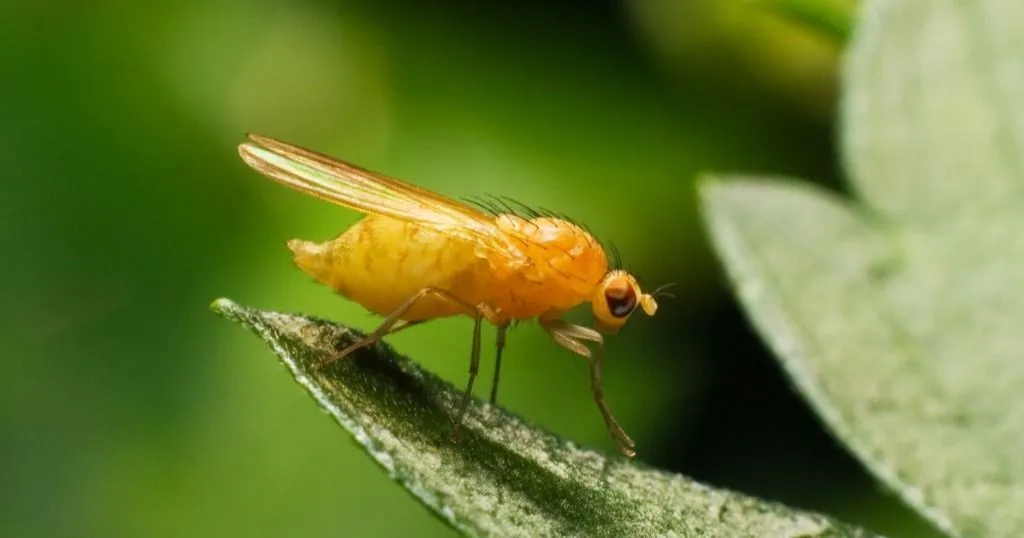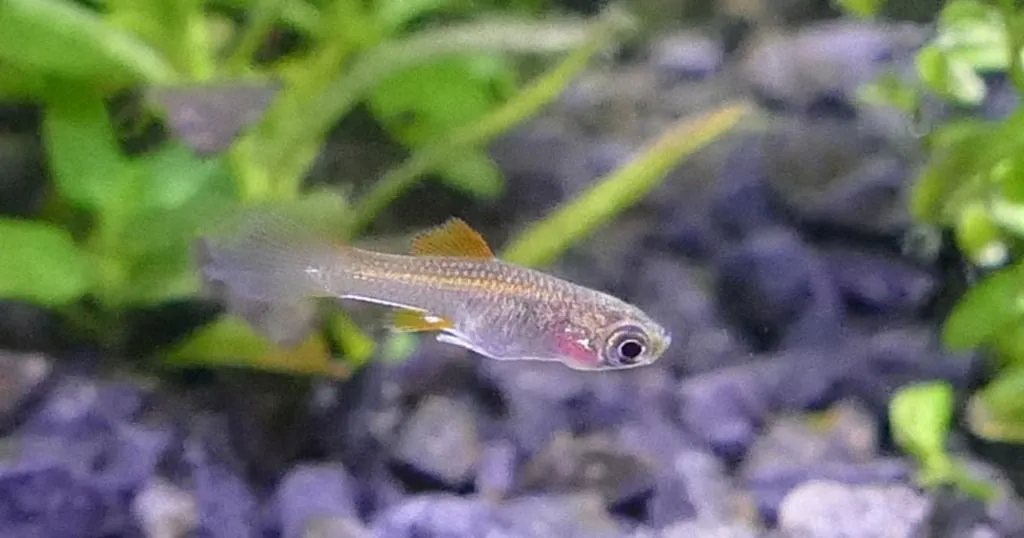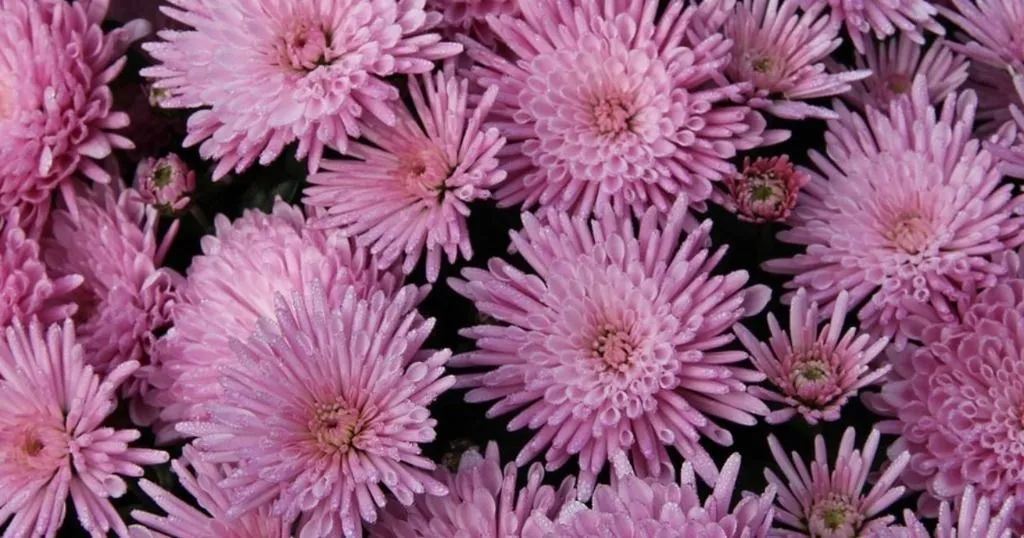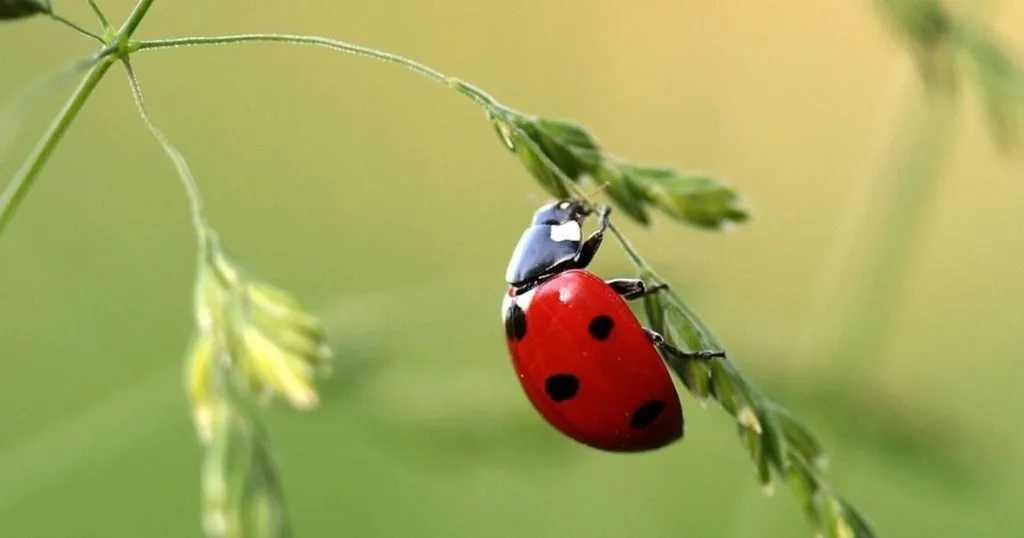How fruit flies find your food (and mates!)

Those tiny flies that take over your garbage cans during the summer? They are called fruit flies for a reason! They have a fantastic sense of smell and these tiny creatures are a popular animal model for researchers.
Posted by
Published on
Mon 15 Aug. 2016
Topics
| Drosophila | Fruit Fly | Insects | Social Behavior Research | Video Tracking |
Those tiny flies that take over your garbage cans in the summer? They are called fruit flies for a reason! They have a fantastic sense of smell and these creatures are a popular animal model for researchers.
How fruit flies find your food (and mates!)
I am usually irritated by these little flies, but as I read up on some research using them, I have to say I am starting to appreciate them more and more! It’s truly impressive how much information researchers are able to get out of these tiny creatures.
Smelling is a complicated business
Much of the research using drosophila has focused on olfaction. In fruit flies, smelling is not simple, but involves a complex system. In fact, I could devote this whole article to interesting scientific facts about it...which is exactly what I am going to do!
How does a fruit fly smell?
First things first: how exactly do fruit fly smell? Fishilevich and colleagues from the Rockefeller University in New York identified 21 olfactory sensory neurons. If one of those neurons does not work, it doesn’t seem to matter much, as another neuron will step in to compensate. While some of those neurons seem more important than others, in general a combination of specific neurons allows fruit flies to identify each specific smell.
Two noses
Those olfactory neurons are divided over two ‘noses’- symmetrical dorsal organs. Matthieu Louis and his colleagues found that there is a left-right asymmetry in the functioning of these organs. Both are needed for the fruit fly to navigate an effective path towards the odor, but if one of the “noses” is eliminated the fly can still find the odor, but with significantly more meander to the target.
How can we tell?
So how can we tell if a fruit fly (adult or larva) is actually smelling anything? Through chemotaxis, which is a fancy way of saying that you want to know if an animal is attracted by a smell and shows it by moving towards that odorant. In most assays of this type, a fruit fly larva is placed in a petri dish that contains a cap with an odorant. If the larva moves towards the cap, it is likely picking up on the smell.
Smelling in HD
Matthieu Louis and his colleagues upped the game by creating an assay with a gradient line of odor, to assess the larvae’s ability to detect an increase in odor concentration. Turns out, they are smart smellers, moving through the gradient until they found the highest concentration, but turning back if the concentration decreases again along that line.
Smelling your age
Despite being such visually-dependent creatures, even we as humans reply upon smell as an important factor in how much we like someone. In fruit flies, this is particularly important. Hu and colleagues (Tongji University, Shanghai) discovered that male fruit flies are able to smell an age difference between two females.
When given a choice, they reliably choose the younger female. This choice seems to depend on a specific receptor: when the 33a receptor was genetically cancelled out, the preference was eliminated.
Measure behavior
I cannot imagine how painstakingly cumbersome it would be to manually measure how a fruit fly moves, how fast it is going, and how straight its path is. Luckily, there is automated video tracking for that. All of the studies mentioned in this blog post used EthoVision XT video tracking for these parameters.
Up next…
I have gather some more scientifically proven fun facts about fruit flies, so stay tuned!
References
- Fishilevich, E.; Domingos, A.I.; Asahina, K.; Naef, F.; Vosshall, L.B.; Louis, M. (2005). Chemotaxis behavior is mediated by single larva olfactory neurons in Drosophila.Current Biology, 15(23), 2086-2096.
- Hu, Y.; Shao, Y.; Wang, X.; Ma, Y.; Ling, E.; Xue, L. (2015). Gr33a modulates Drosophila male courtship preference. Scientific Reports, 5, 7777.
- Louis, M.; Piccinotti, S.; Vosshall, L.B. (2008). High-resolution measurement of odor-driven behavior in Drosophila larvae. Journal of Visualized Experiments (JoVE), 11.
- Louis, M.; Huber, T.; Benton, R.; Sakmar, T.P.; Vosshall, L.B. (2008). Bilateral olfactory sensory input enhances chemotaxis behavior. Nature Neuroscience, 11(2), 187-199.
Related Posts

To mate or not to mate? Females are less choosy when males are rare

Plants with more linalool smell good, but taste bad

